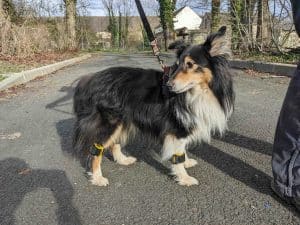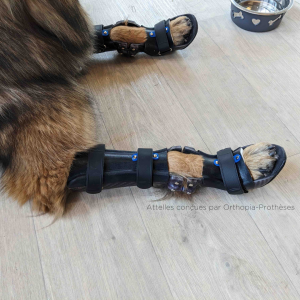How to maintain the physical condition of agility dogs during the off-season is one of the missions entrusted to Dr. Ludivine Jacquemin-Bietrix at the AniCura TRIOVet veterinary clinic in France. The physical performance of dogs is just as crucial during the off-season as it is during competition season. To learn more, explore this physiotherapy consultation specifically dedicated to canine maintenance and functional rehabilitation!
Agility, herding... the typical injuries encountered in sport dogs
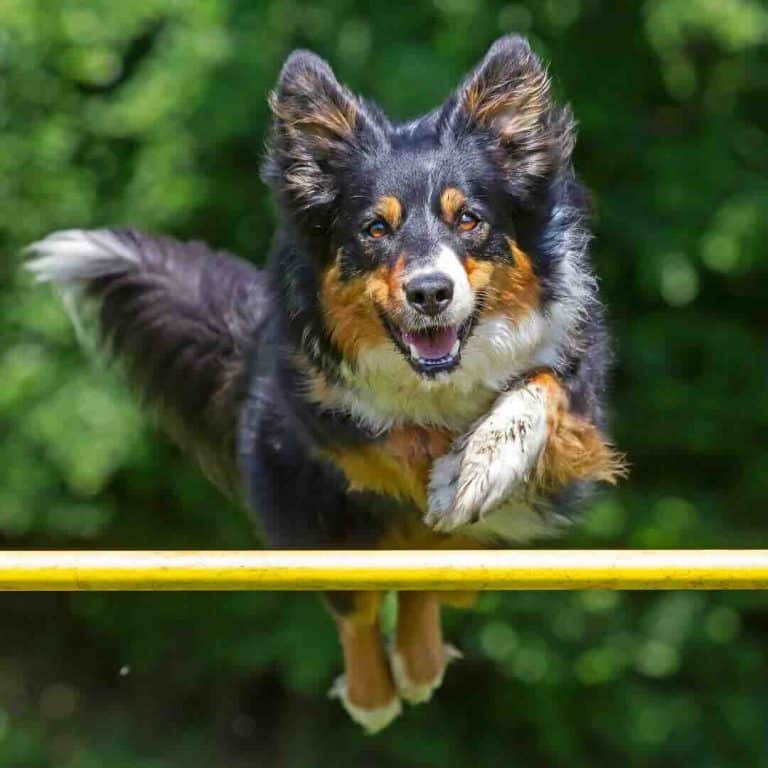
Musculoskeletal injuries are among the common disorders affecting sport dogs. Sprains, strains, dislocations, ligament tears, fractures, and tendonitis are frequently encountered.
These injuries can result from sudden and violent accidents (high-speed falls, poor landings, etc.), or they can develop after a series of repeated micro-traumas during training sessions and competitions (repetitive movements causing tendon inflammation, or multiple small impacts on agility obstacles, for example).
In addition to locomotor system disorders, other injuries such as hyperthermia, cuts/bruises on the paw pads, eyes, and ears can occur.
Outside of the competition season, maintaining physical fitness is crucial. This helps sustain the performance of the canine athlete and prevents the risks of injuries when competitions resume.
Maintaining the muscular capital of the sport dog through physiotherapy
Multiple techniques and tools available to animal healthcare professionals contribute to overall muscle maintenance during the off-season (winter period).
Moreover, dogs may suffer from diagnosed or undiagnosed conditions (such as tendonitis). Follow-ups in physiotherapy ensure the maintenance of physical fitness and also help reduce accumulated fatigue from the previous season.
Laser therapy, proprioceptive exercises, hydrotherapy... are among the tools and techniques used in physiotherapy and functional rehabilitation. Whether it's for preventive purposes, rehabilitation follow-up, pain reduction, or preparation for sports activities, here's an overview of this branch of veterinary medicine dedicated to physical rehabilitation.
Laser therapy for canine
This type of treatment stimulates tissues at the cellular level. Also known as photobiostimulation therapy, this technique reduces inflammation and relieves pain. It can be applied to superficial tissues to accelerate wound healing, for example. It's also recognized for treating deep tissues, such as in cases of tendonitis, back pain, osteoarthritis, etc.
Photobiomodulation increases microcirculation, oxygenation, and stimulates the cellular metabolism of targeted tissues through wavelengths from infrared laser light.
The wavelengths determine the depth of penetration, and the power determines the dose delivered at the targeted depth. This treatment is beneficial for relieving both acute and chronic conditions.
Canine physical therapy
Veterinary physiotherapy, also known as veterinary physical therapy, includes muscle strengthening exercises, stretching, massage, hydrotherapy...
Proprioceptive exercises are widely practiced in veterinary physiotherapy. They are designed to improve the proprioception of animals and are particularly beneficial for strengthening muscles and stabilizing joints. Common activities for these exercises include balancing on cushions/balance boards, diagonal walking, cavalettis, ascending and descending obstacles, walking on various surfaces, etc.

In the context of preparing agility dogs, exercises focused on animal proprioception are highly effective. Some can be performed using the Imoove-Vet platform, specifically to prepare for the sports season, strengthen muscle mass, improve performance, and prevent dog injuries.
This tool was developed in collaboration with Dr. Jacquemin-Bietrix and is available at the AniCura TRIOVet clinic where she practices.
Canine hydrotherapy
Hydrotherapy complements the physical preparation of agility dogs effectively. The biomechanical advantages of this technique include relieving the animal's body weight in the water and promoting joint mobility.
On a muscular level, water has a massaging effect. This process also allows for muscle strengthening to reduce the risk of injuries and tendonitis during athletic efforts.
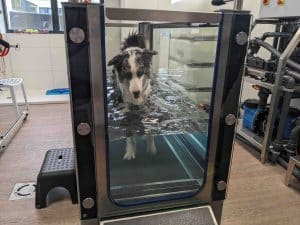
Objective data and analysis of canine locomotion in physiotherapy
Locomotion analysis allows for objective monitoring of the evolution of dogs' gait. This is important both for preventing the risk of recurrence of an old injury and for monitoring rehabilitation progress. The data helps guide rehabilitation efforts and adjust their duration accordingly.
"I had a case of a dog undergoing rehabilitation following an orthopedic condition, who had exercises to do at home with its owner. After the operation, the animal was doing better. As part of its follow-up, a functional assessment was performed several months after the start of its care. Visually, there was no longer any observed limping, but in the numerical data, I could still observe a slight weight-bearing shift indicating a slight underutilization of the limb. To objectively monitor its progress, I then analyzed its locomotion with Tendiboots™ canine.
In this case, it helped adjust the rehabilitation by suggesting additional exercises to be done at home to complete the functional adaptation of the dog.
In my practice, I systematically analyze the locomotion of new dogs I see in consultation. This allows me to quantify at that moment the limping or underutilization of a limb. These data then serve as a reference for monitoring the dogs over time. I repeat the analyses with Tendiboots™ approximately every two months."
Dr. Ludivine Jacquemin-Bietrix

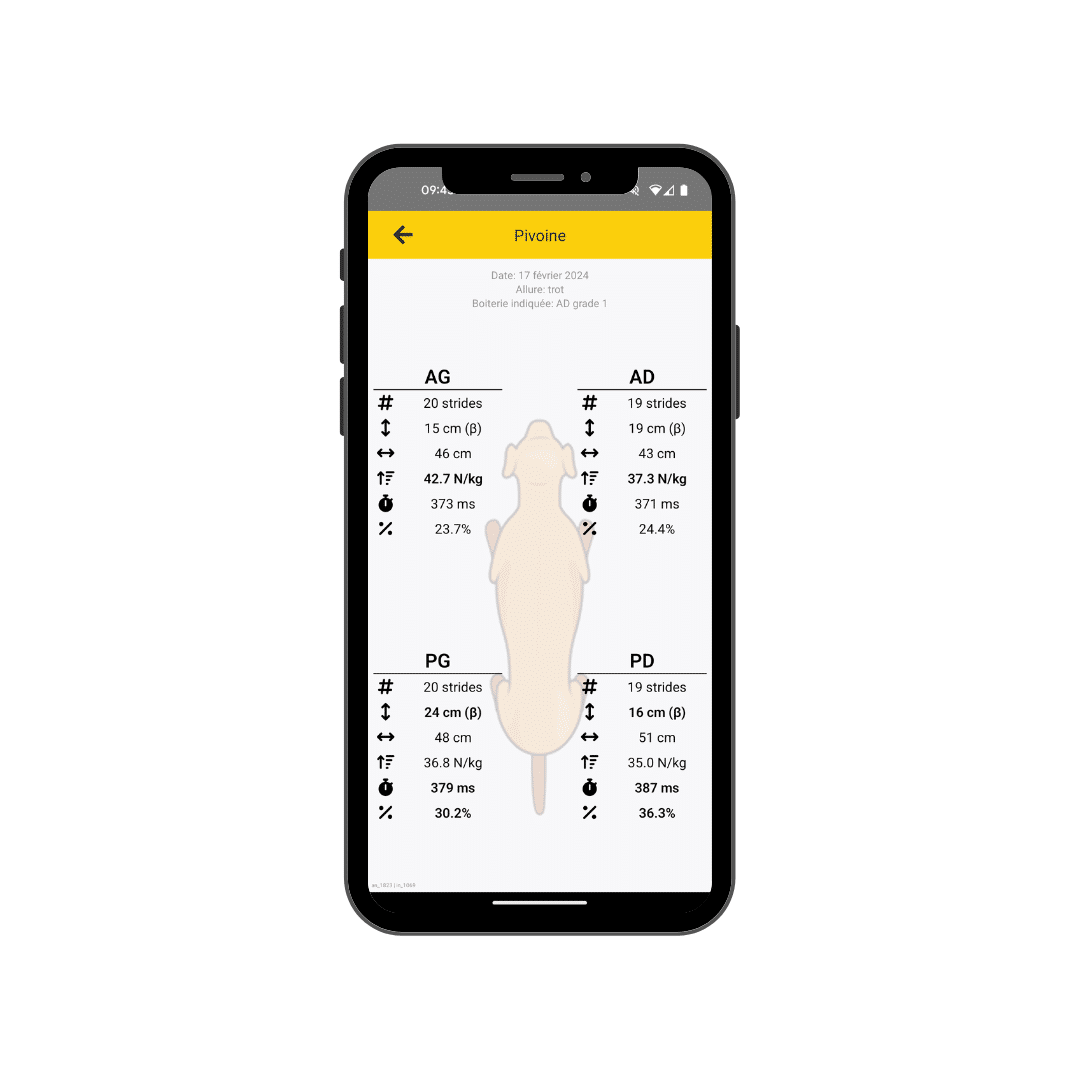
You can find specialized consultations in algic and functional physiotherapy offered by Dr. Jacquemin-Bietrix at the AniCura TRIOVet veterinary clinic.


